In the world of sustainable products, Loliware Cups made a splash when they debuted on the acclaimed TV show Shark Tank. Created by Chelsea Briganti and Leigh Ann Tucker, these cups were not just biodegradable but also edible, providing an innovative solution to single-use plastic waste.
However, since their initial introduction, the journey of Loliware has taken some unexpected turns.
This article delves into the evolution of Loliware since its Shark Tank appearance, exploring the challenges it faced, the strategic pivots it made, and its current positioning in the market as of 2023.
What Is Loliware Cups?
Pros:
One of the most significant advantages of Loliware Cups is their commitment to environmental sustainability. The cups are made from seaweed and organic sweeteners, meaning they don’t contribute to ocean pollution. This makes them an excellent choice for environmentally conscious consumers looking to reduce their carbon footprint.
The concept of an edible cup also adds a fun element to parties or events. It’s something different and exciting that can start conversations and make your event stand out. Plus, kids seem to love them, making them a great option for children’s parties.
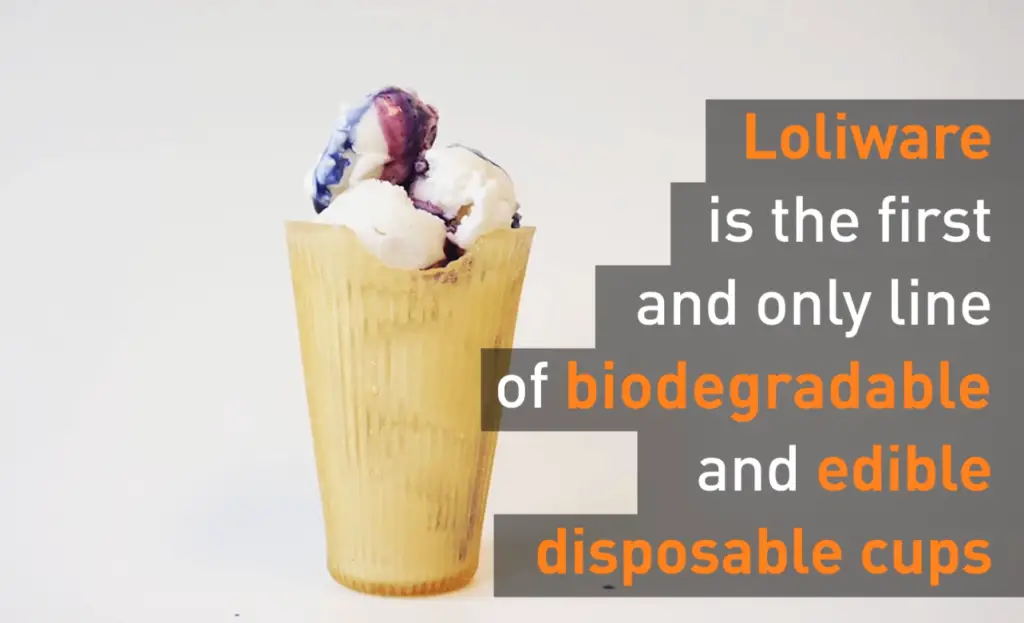
Cons:
However, Loliware Cups have not been without their challenges. After receiving some poor reviews for their edible cups, the company decided to pivot towards biodegradable straws as a proof of concept for their seaweed-based technology. Some customers reported that out of their orders, only one cup was good, while the rest were not up to standard. Another drawback is the price point. At $ 15.99 for a pack of four cups [2], they are certainly not the cheapest option on the market. While the unique concept and sustainability factor may justify the cost for some, others may find it hard to justify spending that much on disposable cups.
In terms of availability, it seems that Loliware’s cups have disappeared from the bar shelf, indicating potential stock issues or distribution challenges. This could be frustrating for consumers who love the product and want to make repeat purchases.
Who Should Use Loliware Cups?
Loliware Cups are designed for a variety of users. They are perfect for individuals who are passionate about reducing their carbon footprint and making environmentally conscious choices [3]. The cups provide an innovative solution to the problem of single-use plastic waste as they are both edible and biodegradable.
The cups are made from seaweed, organic sweeteners, flavors, and colors derived from fruits and vegetables, which means they won’t contribute to ocean pollution. This makes them an excellent option for eco-conscious consumers and those interested in sustainable living.
Moreover, the unique concept of an edible cup adds a fun and interesting twist to parties or events. They can be a conversation starter and a way to make your event stand out from the rest. In this sense, they could be a popular choice among event planners, caterers, or anyone hosting a gathering where they want to offer something different and exciting.
The cups are also a great choice for parents looking for a fun and novel way to engage their children in sustainability practices. Kids seem to love the idea of eating their cups after finishing their drink, making Loliware Cups an interesting and educational tool for teaching children about the importance of reducing waste.
However, it’s worth noting that the product has received mixed reviews. Some customers have reported dissatisfaction with the quality of the cups, and they are not the cheapest option on the market. Therefore, they might not be the best fit for everyone, particularly those on a tight budget or those seeking a more traditional drinking experience.
Lastly, while the company initially focused on edible cups, they have since pivoted towards other sustainable serveware products. This suggests that while edible cups may not currently be available, the innovative spirit behind Loliware continues to create products designed to disappear, promoting a more sustainable future.
About Founders Of Loliware Cups
As per the report from CNBC, Chelsea Briganti, one of the founders of Loliware, hails from Hawaii [4], where she grew up witnessing the detrimental effects of plastic and other non-decomposable items on the oceans. This firsthand experience ignited her passion to create an alternative to conventional plastics that would essentially “vanish”.
In 2010, Briganti crossed paths with Leigh Ann Tucker, and together, they gave birth to Loliware cups. Loliware cups are crafted using an array of natural ingredients, including fruits, vegetables, seaweed, and organic sweeteners.
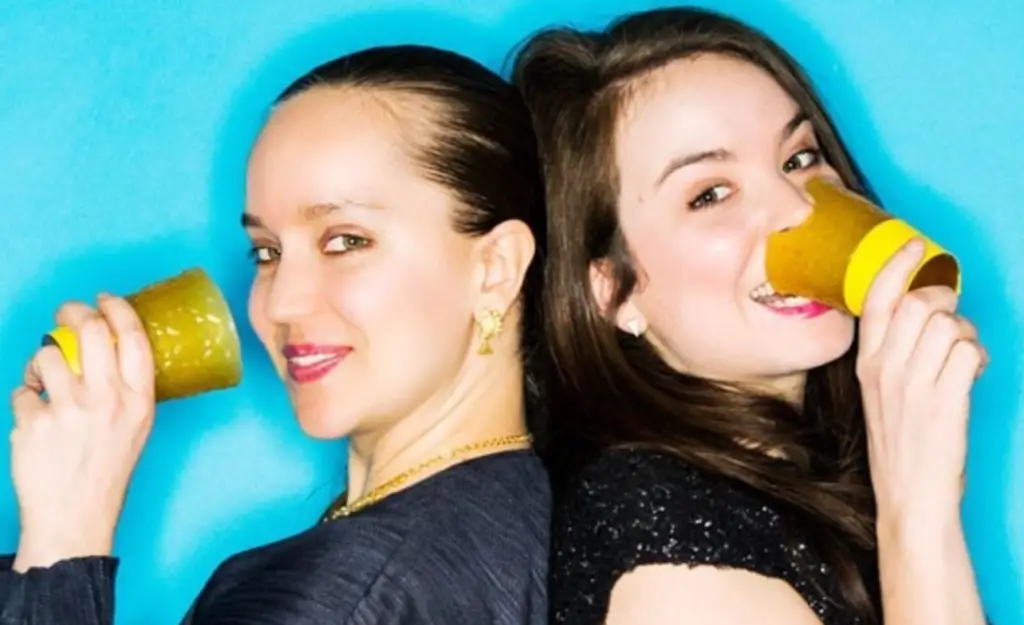
They are available in various delectable flavors. Remarkably, Loliware cups possess the remarkable quality of being not only edible but also environmentally friendly, ensuring they do not contribute to ocean pollution. Additionally, the use of seaweed, a highly sustainable resource, sets them apart from the materials typically employed in the production of traditional plastic cups.
Their concept proved to be a resounding success, eclipsing the competition and attracting keen interest from major retailers and players in the beverage industry. In a bid to transform their visionary concept into a tangible product, they turned to Kickstarter, where the crowdfunding community rallied behind them. By January 2011, they had surpassed their $ 10,000 funding goal, setting the stage for the next challenge: establishing the manufacturing process.
The ultimate product took shape using a plant-based gelatin known as agar. This material possessed a remarkable blend of characteristics – it was semi-translucent, robust enough to be used as a drinking vessel, vegan-friendly, and entirely biodegradable. The company encapsulated these qualities in its tagline, dubbing it “Biodeg-edible” [5].
In early 2015, Loliware finally made its debut, and its groundbreaking cup design, coupled with its environmental advantages, swiftly garnered attention within the business community. Loliware received accolades from both business and environmental publications, hailed as a remarkable advancement not only for the planet but also for the innovative minds behind it.
During their appearance on “Shark Tank” in 2015, Loliware had ambitious plans to diversify their product line, including the introduction of party supplies such as straws and utensils, as reported by Shark Tank Tales. However, with the support and guidance of Mark Cuban and Barbara Corcoran, the company appears to have taken a different path in recent years.
The Pitch Of Loliware Cups At Shark Tank
In October 2015, Chelsea and Leigh Ann made their appearance on Shark Tank, seeking a $ 150,000 investment in exchange for a 10% stake in the Loliware business [6].
Their pitch kicked off with the bold declaration that they had pioneered an entirely novel product category. Initially met with skepticism from the sharks, Chelsea proceeded to unveil the unique functionality of Loliware Cups, highlighting their significant environmental advantages. As she delved deeper into the pitch, the sharks’ skepticism gradually transformed into admiration.
Leigh Ann disclosed that the Loliware Cup marked just the beginning of their product expansion plans. Their vision encompassed a diverse range of items, with limitless possibilities. They envisioned Loliware as spearheading a “plastic-free revolution” and inspiring enthusiasm for sustainability, thereby contributing to a cleaner world.
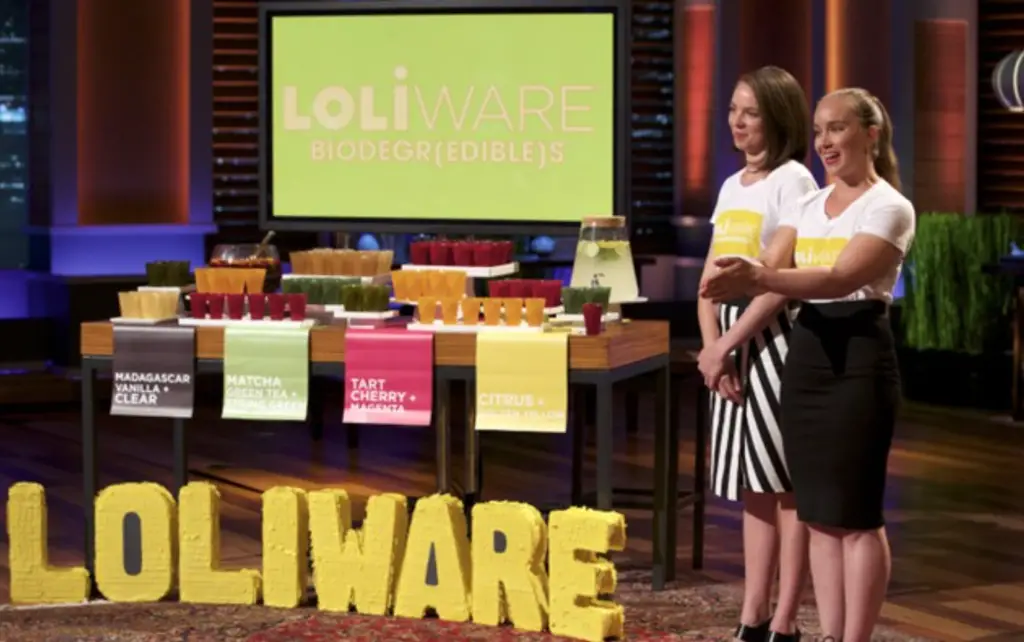
To conclude their pitch, the entrepreneurs served drinks to the sharks, all contained within Loliware Cups, naturally. The sharks wasted no time in tasting the cups’ contents. Lori Greiner was notably impressed, finding the cup “Delicious”. On the other hand, Kevin O’Leary’s reaction was less effusive, mentioning that his cup tasted like “liquorice”, leaving the sentiment ambiguous. Chelsea mentioned that Yahoo Food had praised Loliware Cups, describing them as “An adult fruit roll-up”, emphasizing that all the flavors were derived from natural fruits and vegetables.
Barbara inquired about the company’s sales figures. Chelsea revealed that Loliware had been in operation for only three months but had already achieved $ 110,000 in sales [7]. Leigh Ann added that a significant event management company had expressed interest in a $ 1.3 million deal, seeking to use Loliware Cups for all their New York events. Additionally, the company was on the verge of signing a deal with a major food distribution company.
When questioned about the origin of the cup idea, Chelsea recounted their initial entry in the Jell-O competition, highlighting the cups’ originality, innovation, and sustainability benefits. The idea had swiftly gone viral on the internet, attracting substantial orders from large companies within a week of the competition.
Mark Cuban inquired about the funding the startup had raised so far. Leigh Ann explained that they had initially invested around $ 110,000, secured another $ 100,000 from an investor, and were in the midst of a $ 1,000,000 fundraising round with an additional $ 600,000 to be raised.
Robert Herjavec expressed his admiration for the cups and indicated his interest in making a deal. However, he suggested that he would prefer a larger equity stake than the 10% on offer. He proposed the possibility of providing the entire $ 600,000 funding, contingent on a more substantial share of the business.
Mark Cuban swiftly chimed in, expressing his interest in joining the deal proposed by Robert. Robert agreed to share the opportunity with Mark, and it appeared to be progressing positively for all involved. Chelsea and Leigh Ann seemed elated, and Chelsea, in her excitement, suggested offering 25% equity in exchange for the $ 600,000 investment.
Before Robert could respond, Mark Cuban interjected, saying, “Done”, much to Robert’s surprise. Chelsea quickly conveyed Loliware’s willingness to partner with any or all of the sharks. Kevin O’Leary also expressed his interest, desiring “A piece of that”.
Barbara Corcoran wasn’t one to be left out and swiftly indicated her desire to be involved. However, Mark Cuban sought a larger portion of the pie and suggested he should decide who would join the deal. This proposition didn’t sit well with the other sharks, and an animated discussion ensued.
Robert Herjavec intervened, saying, “No, it was my idea”. Barbara objected to Mark’s approach, and Mark, recognizing the resistance, smiled sheepishly, realizing things wouldn’t be so straightforward.
The sharks continued to debate, each vying to secure the Loliware deal. Mark and Robert considered partnering, but Barbara was determined to make her case.
She pointed out that Mark Cuban had more financial resources than the other “Little men” among the sharks and expressed her preference for partnering with him. Robert affirmed his willingness to collaborate with Mark, reiterating his offer of $ 600,000 for a 25% stake as a “Real offer”. He asked Chelsea and Leigh Ann, “Do we have a deal?” in an attempt to conclude negotiations. However, Barbara was not ready to concede.
She insisted that Chelsea and Leigh Ann would be “Crazy” not to consider a deal involving her. She encouraged them to contact her previous partners to confirm her suitability as a collaborator. Kevin O’Leary pointed out that all the sharks had partners who would vouch for them.
The discussion among the sharks continued through various combinations of potential partnerships. Kevin O’Leary suggested that he, Lori, and Robert could provide three shark partners, but Lori, unlike the others, declined. She appreciated Loliware but didn’t share their vision for the company’s future. Lori opted out of the deal.
Robert asked Mark Cuban if he preferred to partner with him or Barbara. Mark indicated he could work equally well with either. Robert clarified that he didn’t want to partner with Barbara or Kevin, and finally, it seemed the shark negotiations were drawing to a close.
Kevin summarized the available deals: $ 600,000 for a 25% stake, shared between Mark and Barbara, or the same deal with Robert Herjavec alone. Although Kevin had expressed interest earlier, he didn’t mention it now. The other sharks were not inclined to share with him.
After a quick huddle, Chelsea and Leigh Ann made a decision. They confirmed their desire to partner with Mark and Barbara, and the successful sharks rose to shake hands on the deal [8].
Kevin, taking it all in stride, remarked, “Tough”, while Robert Herjavec appeared visibly disappointed by the outcome.

Loliware Cups After The Shark Tank
When perusing Loliware’s Instagram page, a conspicuous observation would be the absence of any recent posts concerning their edible cups – the last update dates back to 2018. Instead, Loliware appears to have shifted its primary focus away from edible utensils, concentrating exclusively on biodegradable alternatives.
By January 2018, they had achieved remarkable success on Kickstarter, amassing over $ 49,000 from a dedicated community of over 1,000 backers, and furthering their financial support with $ 73,000 on Indigo. These additional funds were anticipated to accelerate the production process. However, their journey hit a few bumps along the way. As time passed, the company ceased to provide updates for several months, leaving many backers in the dark, pondering the fate of the project and their investments.
In March 2019, the long-awaited announcement came: the Loliware Straw had finally launched, and they pledged to commence shipping orders without delay. Yet, the comments page revealed a different story, with numerous backers reporting non-receipt of their straws. Some even questioned the shipping procedure, as they were never prompted to provide their shipping addresses.
Fast forward to 2020, the company received a substantial injection of $ 6 million from Hatzimemos/Libby, a venture capital firm based in New York [10]. However, an unsettling development emerged – the Loliware Straws seemed to have disappeared from the pre-order scene, and production appeared to have come to a standstill. This exacerbated the situation, as many backers were still awaiting the straws they had supported. The company’s representatives, nonetheless, maintained that all orders had been dispatched.
As of 2023, Loliware has undergone a significant shift in its business strategy. Instead of catering directly to consumers, the company now exclusively focuses on serving businesses, particularly with their Blue Carbon straws. This shift in approach has left consumers with limited access to their products, and the challenges faced during their crowdfunding journey continue to linger in the background.
The company’s social media platforms exhibited inactivity between 2019 and 2021. Despite a recent website redesign and frequent updates across social media, Loliware appears to lack actual products available for purchase at the moment. One can only speculate if a product launch is on the horizon.
The Net Worth Of Loliware Cups
It’s worth noting that the growth in the company’s sales and operations over time could have led to a further increase in its net worth by 2021, although specific financial details beyond the Shark Tank deal are not available in the provided information.
Alternatives To Loliware Cups:
- Bamboo Cups: Cups made from bamboo are a biodegradable and renewable alternative. They are sturdy, heat-resistant, and can be used for hot and cold beverages;
- Paper Cups: Traditional paper cups are widely available and compostable. Look for cups that are certified as compostable to ensure they break down properly;
- Stainless Steel Cups: Stainless steel cups are durable and reusable. They are a long-term alternative to disposable cups and can be used for both hot and cold drinks;
- Glass Cups: Glass cups are another reusable option. They are non-toxic and can be a stylish choice for serving beverages;
- Edible Cups from Other Brands: While Loliware specializes in edible cups, other brands may offer similar products made from different edible materials like rice, wheat, or corn;
- Silicone Cups: Silicone cups are flexible, reusable, and lightweight. They are a good option for those who want a collapsible cup for on-the-go use;
- Biodegradable Plastic Cups: Some companies produce biodegradable plastic cups made from materials like PLA (polylactic acid) derived from cornstarch. These cups break down more quickly than traditional plastics;
- Reusable Travel Mugs: For those who want a more permanent solution, reusable travel mugs made from materials like stainless steel or bamboo can be used for beverages on the go;
- Ceramic Cups: Ceramic cups are an eco-friendly option for hot drinks. They are durable and come in various styles;
- Homemade Edible Cups: For those who enjoy DIY projects, you can make your own edible cups using ingredients like chocolate, ice cream cones, or cookies [12];
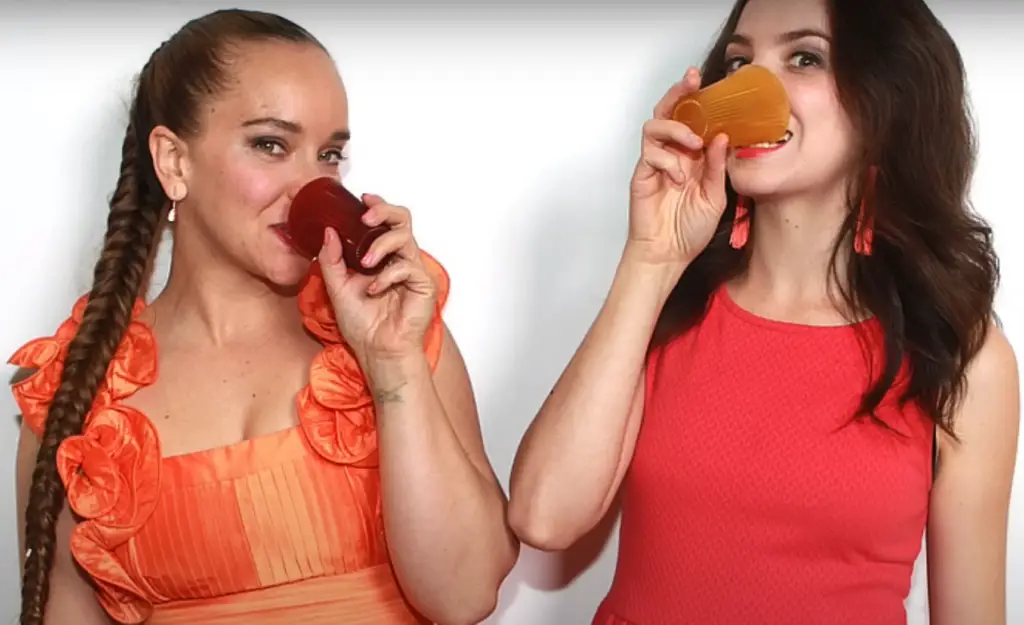
FAQ:
- Does the Loliware straw contain plastics or harmful chemicals?
Loliware straws do not contain plastics or harmful chemicals. They are made from a blend of seaweeds, minerals, and natural colors, which help to avoid the harmful effects of commonly used straw ingredients. Furthermore, they are verified as plastic-free by Oceanic Global’s Blue Standard.
- How do I dispose of Loliware products?
Loliware products are designed to disappear, meaning they are biodegradable and compostable. They can be disposed of in a home compost bin or a commercial composting facility. If neither of these options is available, they can also be disposed of in regular garbage.
- If I dispose of a Loliware product in traditional garbage, will it still biodegrade?
Yes, Loliware products will still biodegrade if disposed of in traditional garbage. However, the rate of decomposition may vary depending on the conditions in the landfill.
- What certifications does Loliware have?
Loliware’s products, including their straws, have been verified as plastic-free by Oceanic Global’s Blue Standard.
- Does Loliware use wild seaweed?
The sources do not specify whether Loliware uses wild seaweed. However, they do confirm that the company uses a blend of seaweeds in their products.
- Are Loliware products made in the USA?
Yes, they are made in the USA, according to the official website.
- What does Loliware make in 2023?
As of 2023, Loliware is known for making innovative, sustainable products to replace single-use plastics. This includes their seaweed-based straws.
- What are Loliware edible cups made of?
Loliware edible cups are made from seaweed, organic sweeteners, flavors, and colors derived from fruits and vegetables.
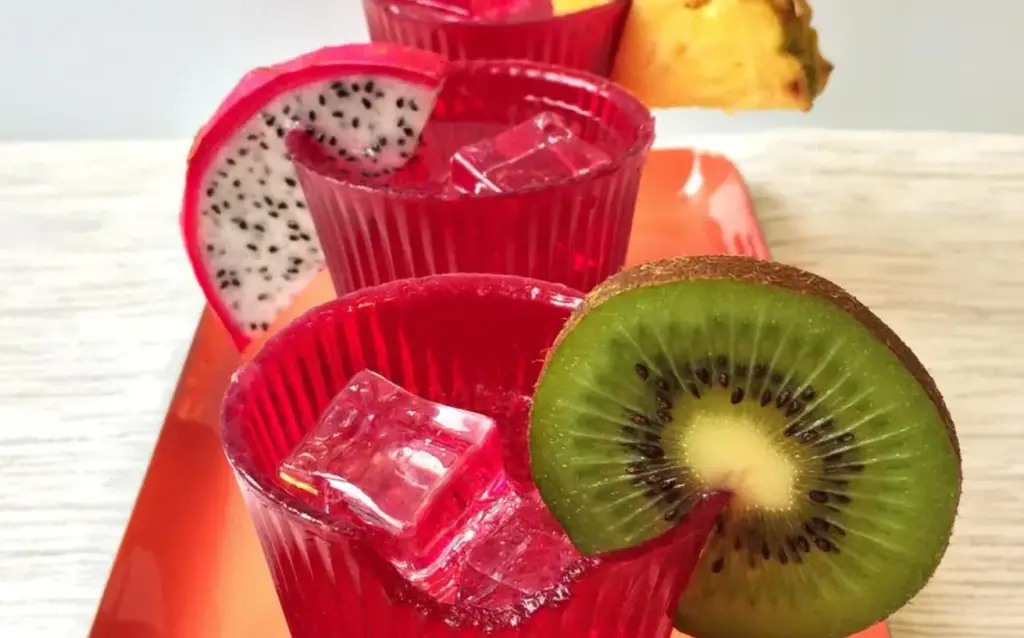
- What are the disadvantages of edible cups?
Some potential disadvantages of edible cups include their higher cost compared to traditional disposable cups, and some customers have reported dissatisfaction with the quality of the cups.
- Are these edible cups sustainable?
Yes, Loliware’s edible cups are sustainable. They are made from seaweed, a renewable resource, and are designed to biodegrade after use.
- What do edible cups taste like?
The taste of Loliware’s edible cups can vary depending on the flavors and colors used. However, since they are made with organic sweeteners and natural flavors, they should have a pleasant taste.
Useful Video: Loliware: The First And Only Biodegr(edible) Cups
References:
- https://www.looper.com/1268935/whatever-happened-loliware-after-shark-tank/
- https://www.mashed.com/1114619/heres-what-happened-to-loliware-after-shark-tank/
- https://gazettereview.com/loliware-update-happened-shark-tank/
- https://seoaves.com/loliware-shark-tank-update/
- https://sharktanktales.com/loliware-shark-tank-update/
- https://www.thedailymeal.com/1302373/loliware-shark-tank-today/
- https://biznewske.com/loliware-shark-tank-update/
- https://www.sharktanksuccess.com/loliware-edible-cups/
- https://www.sharktankblog.com/business/loliware/
- https://2paragraphs.com/2016/08/loliware-makes-edible-vitamin-cup-after-shark-tank/
- https://www.bustle.com/articles/113925-where-to-buy-loliware-from-shark-tank-so-your-cups-can-taste-as-good-as-they
- https://www.loliware.com/

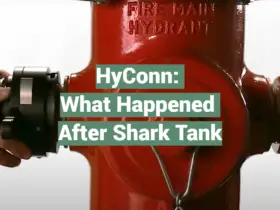
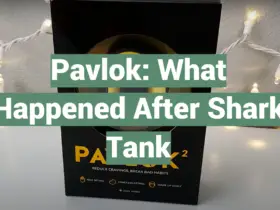
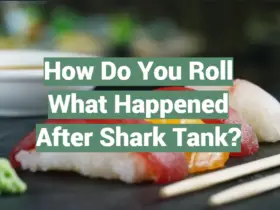
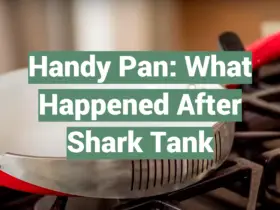
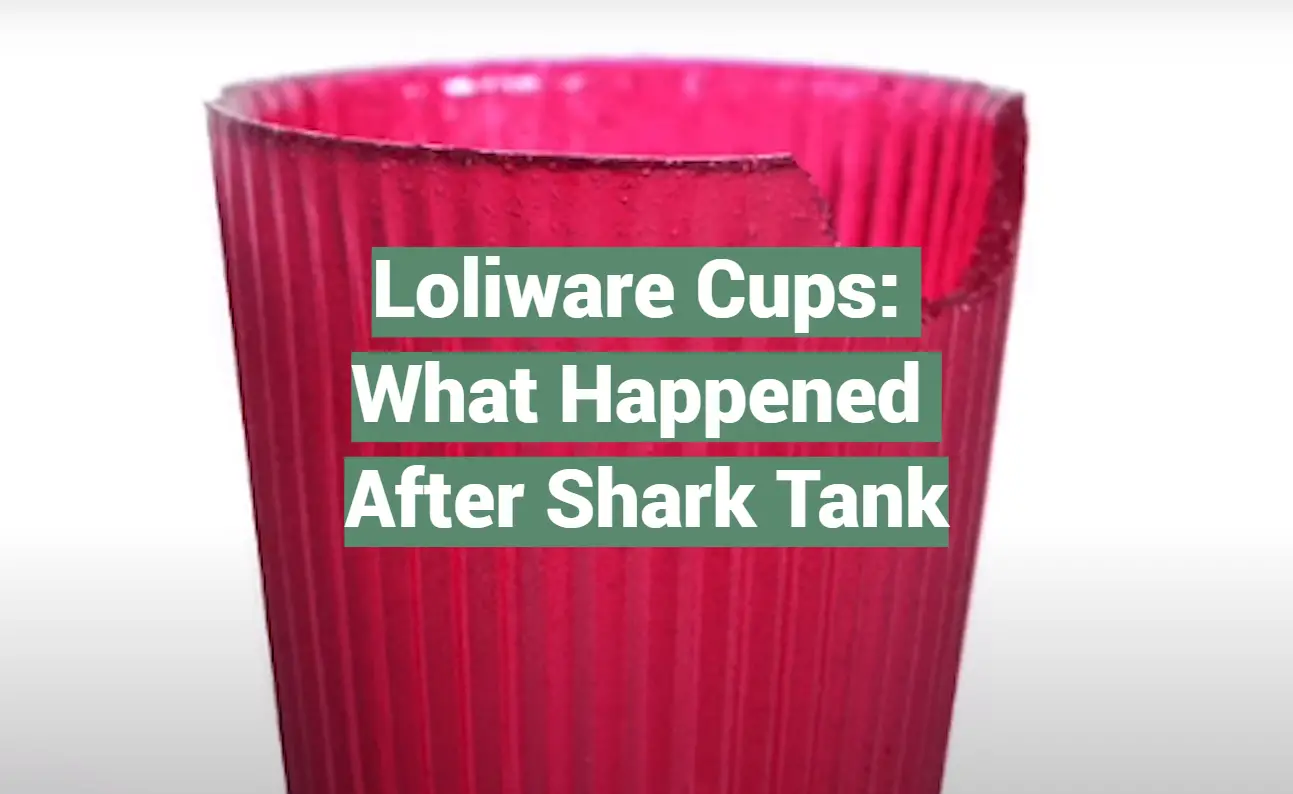
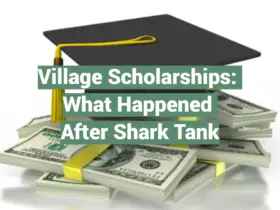

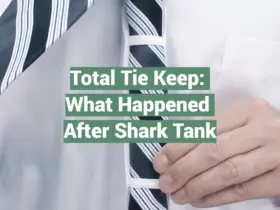

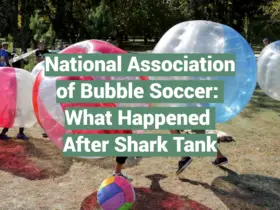
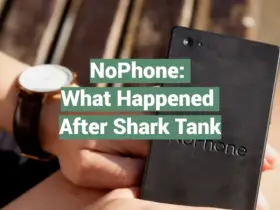
Leave a Reply